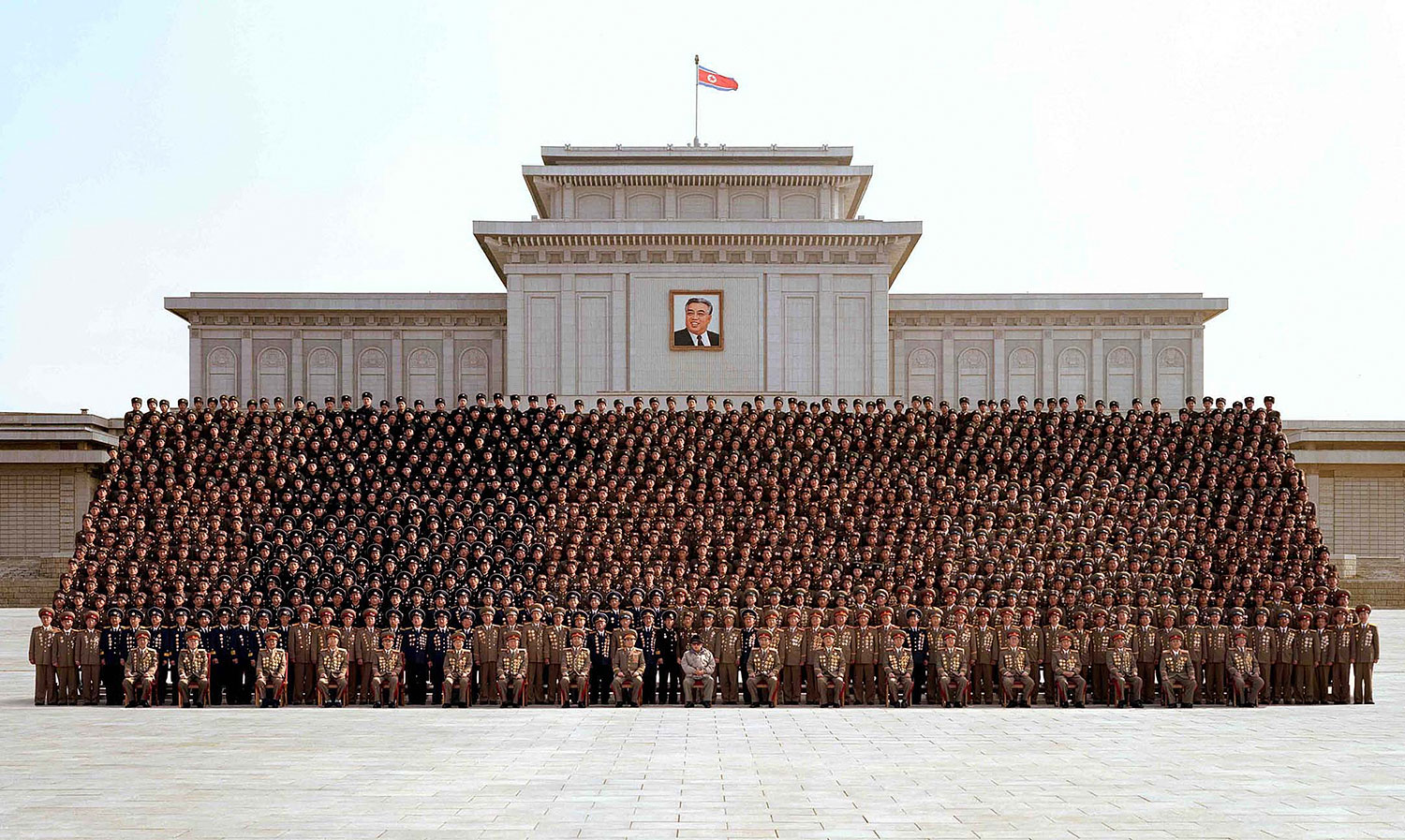
North Korea—an isolated, brutish, pariah state—is more than just an anachronism. It’s a fossil of a dead ideology, shaped and kept intact by an extraordinary amount of violence and control. Nothing illustrates this better than the mesmerizing public spectacle for which the Hermit Kingdom is known: the Mass Games. Every year, images beam out of the dark of North Korea of astonishing phalanxes of color, of shifting blocs of people who are less human beings and more pixels in a grand totalitarian tableau. The events, like most spectacles in Pyongyang, are always centered around the cults of personality of the country’s leadership, namely the state’s founder Kim Il Sung and his son Kim Jong Il, who died Dec. 19.
In a polity where one man is in essence the state, how he gets represented is important. Garish monuments, building-length propaganda murals and mass military parades all help, but nothing compares to the steady tick of daily, mundane images of a Dear Leader getting around his country. For decades, a world starved of access to North Korea has clung to the flat, decidedly uninteresting images issued by Pyongyang’s official press agency, cataloging Kim’s quotidian activities. In some, he’s looking at things. In many more, like the gallery above, he’s sitting among his people, a first among equals if there ever was one.
TIME has no way of being certain if any of these images are truly authentic; communist, totalitarian regimes have a long history of doctoring and airbrushing official pictures. But the photos above show Kim in the light he (or at least the state) wished to project North Korea’s dictator. The country’s hemorrhaging national narrative of uplift and self-reliance—“Juche”, coined by Kim Il Sung—focused on the muscular strength of the military, the main organ of the state, and the selfless toil of workers. Here, Kim visits a variety of army outposts and factory plants, always positioning himself at the center and at the front, sticking out amid a sea of featureless heads arrayed alongside him. Don’t spot Kim? Try a little bit harder—it’s one of the easier games of Where’s Waldo you’ll play.
Accompanying Kim in a number of the pictures is his chosen heir, Kim Jong Un. The reason for his presence is as obvious as it is farcical: a father initiating his son into the same play of symbolism that somehow has served as the basis of their vast, cruel dominance over an entire nation. To the eyes of outsiders, there’s little power in these images. One can only hope the same is increasingly true for those living and struggling behind North Korea’s frozen borders.
Ishaan Tharoor is a writer-reporter for TIME and editor of Global Spin. You can find him on Twitter at ishaantharoor. You can also continue the discussion on TIME’s Facebook page and on Twitter at @TIMEWorld.
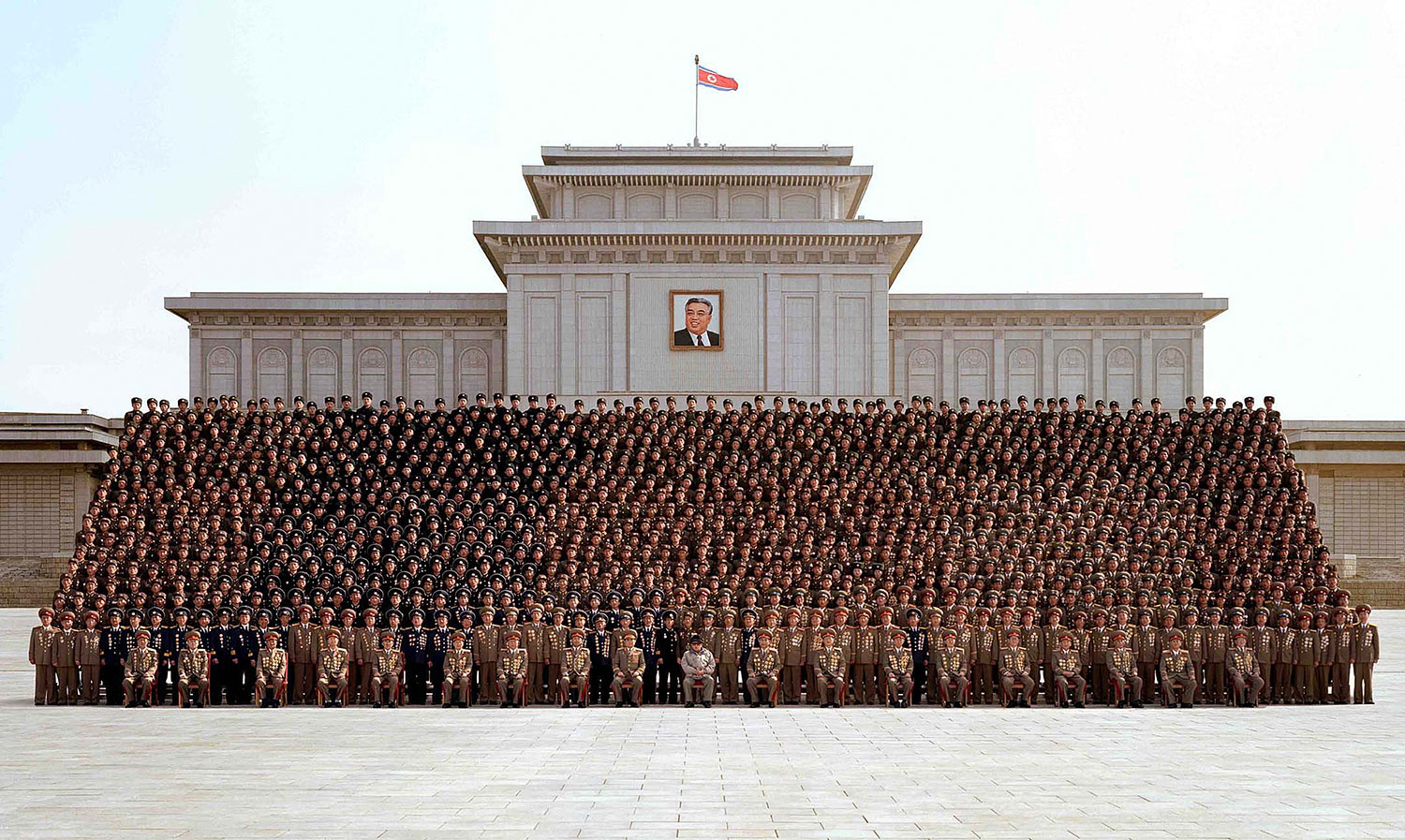
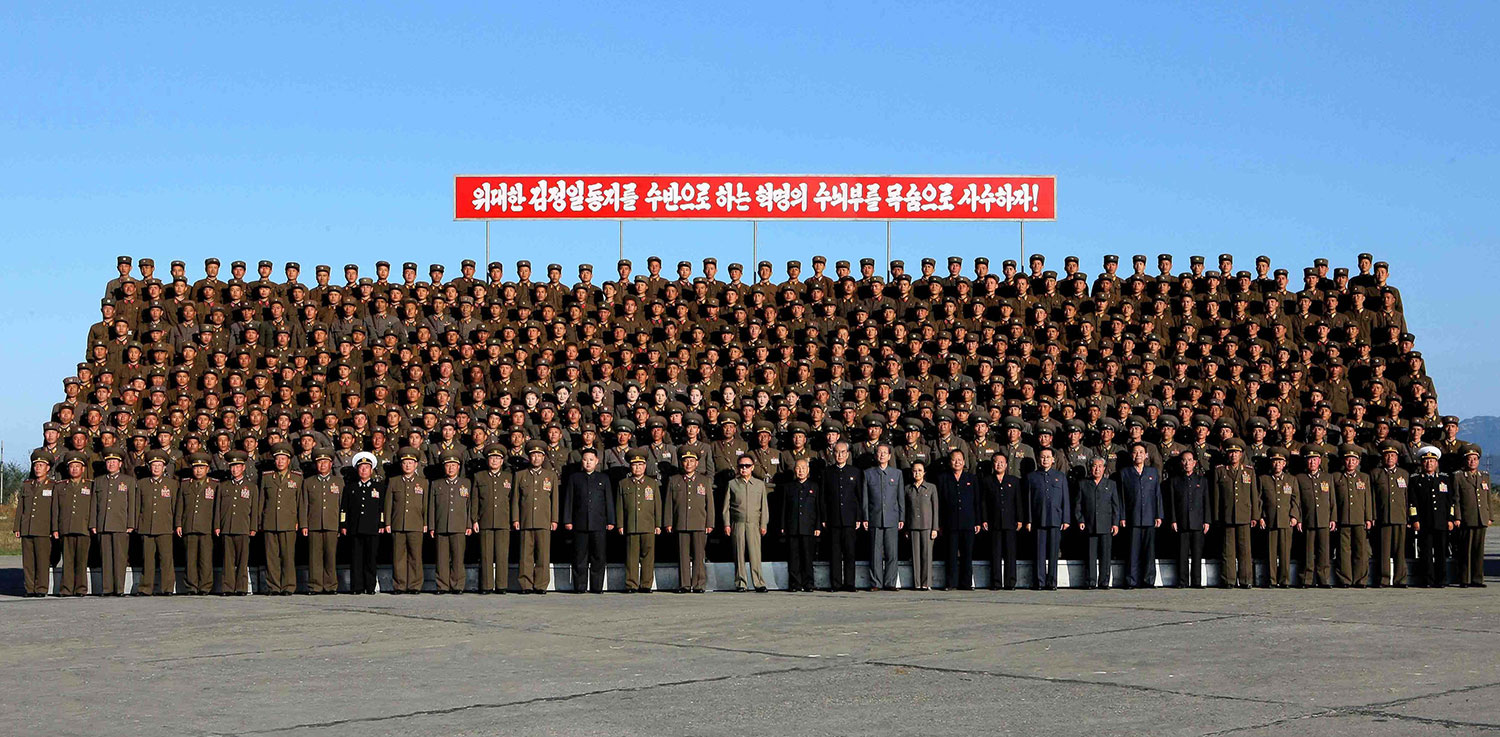
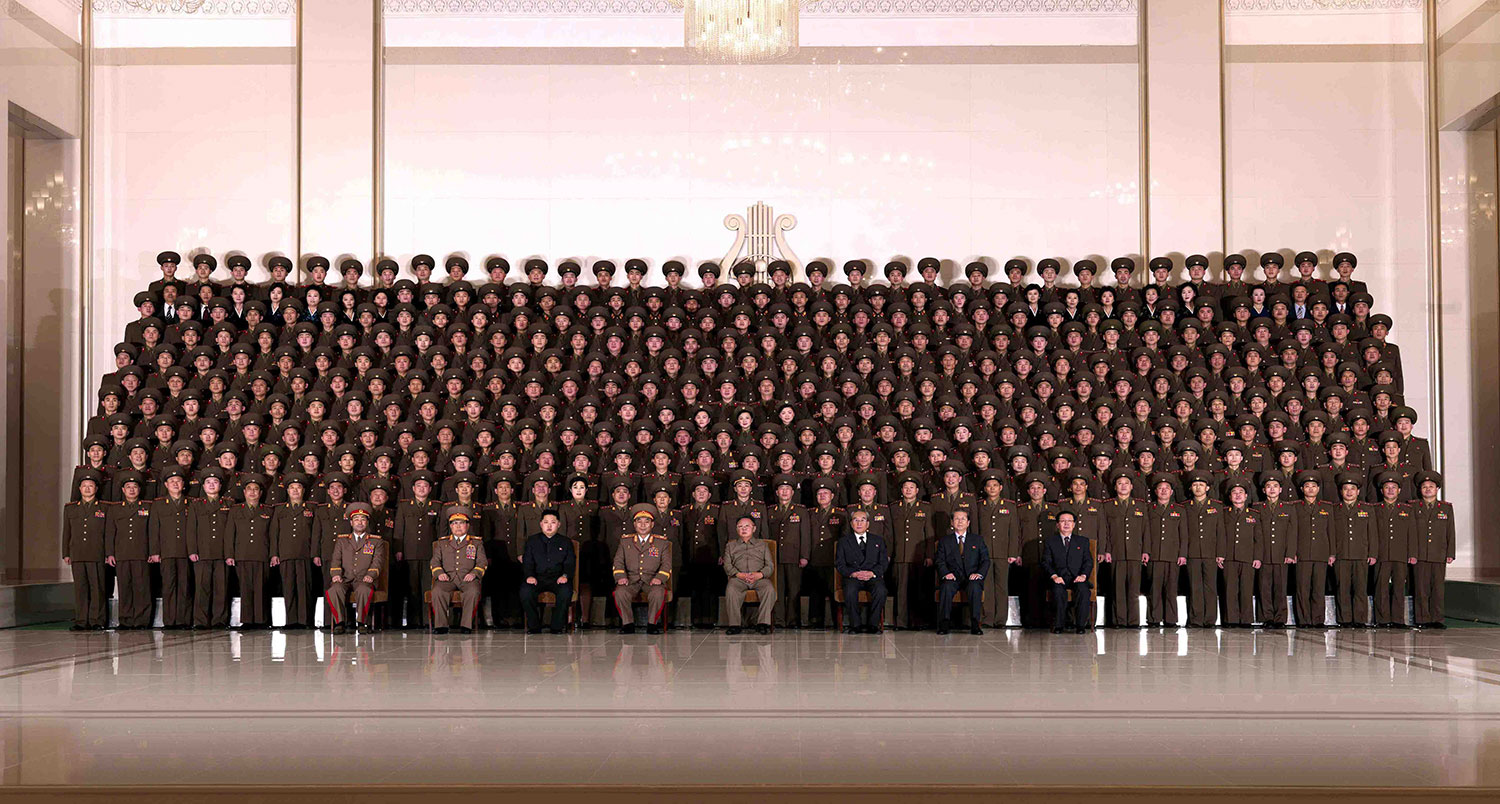

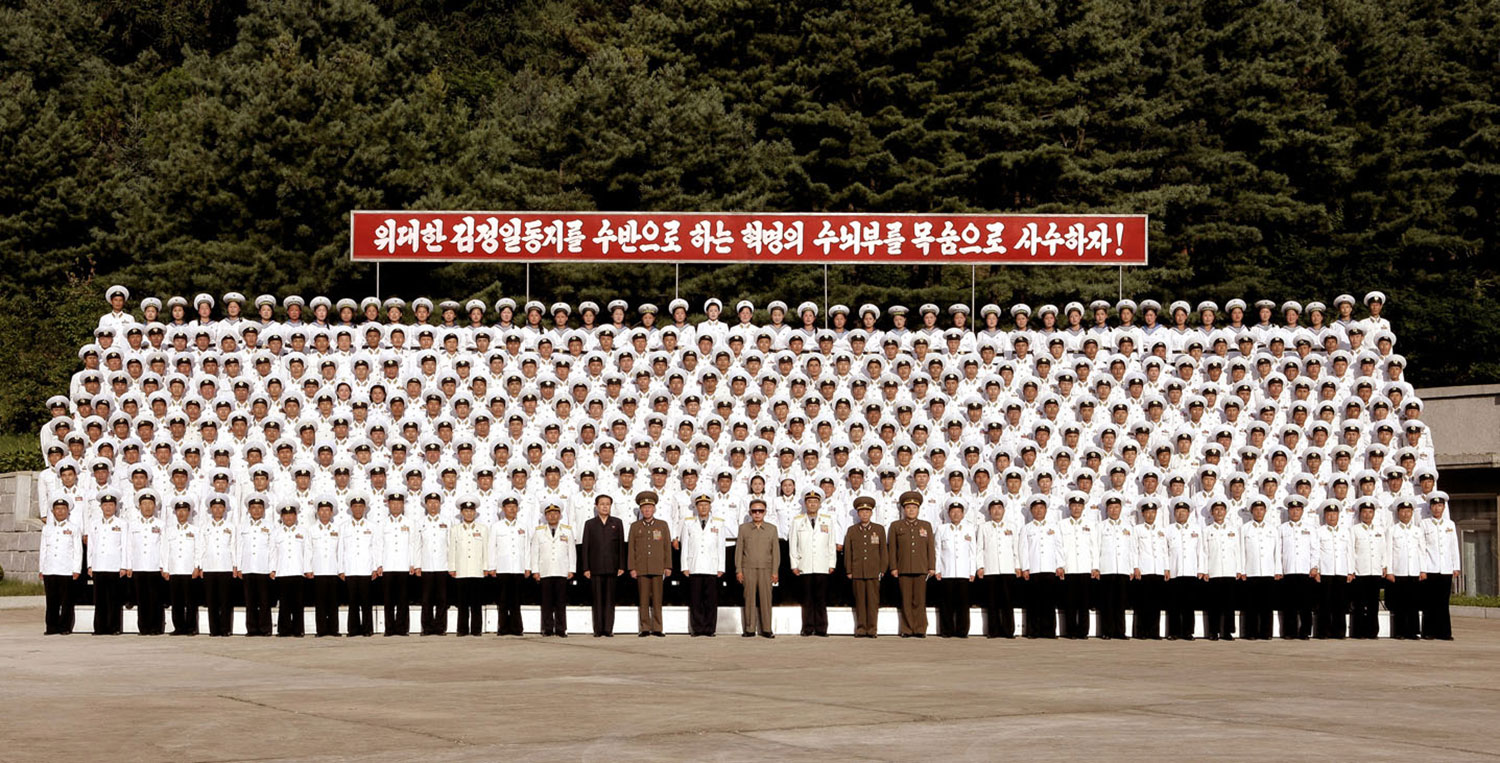
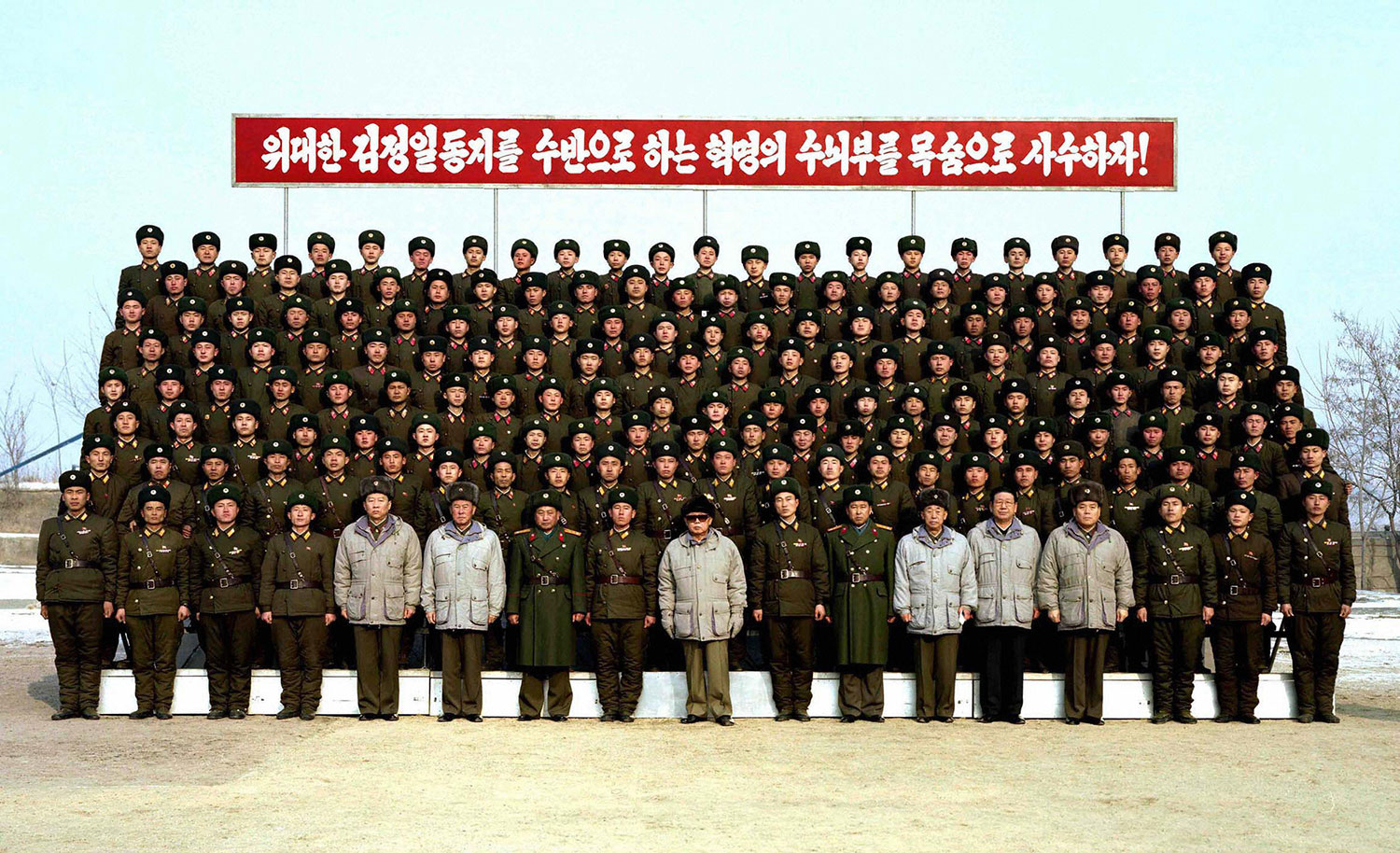
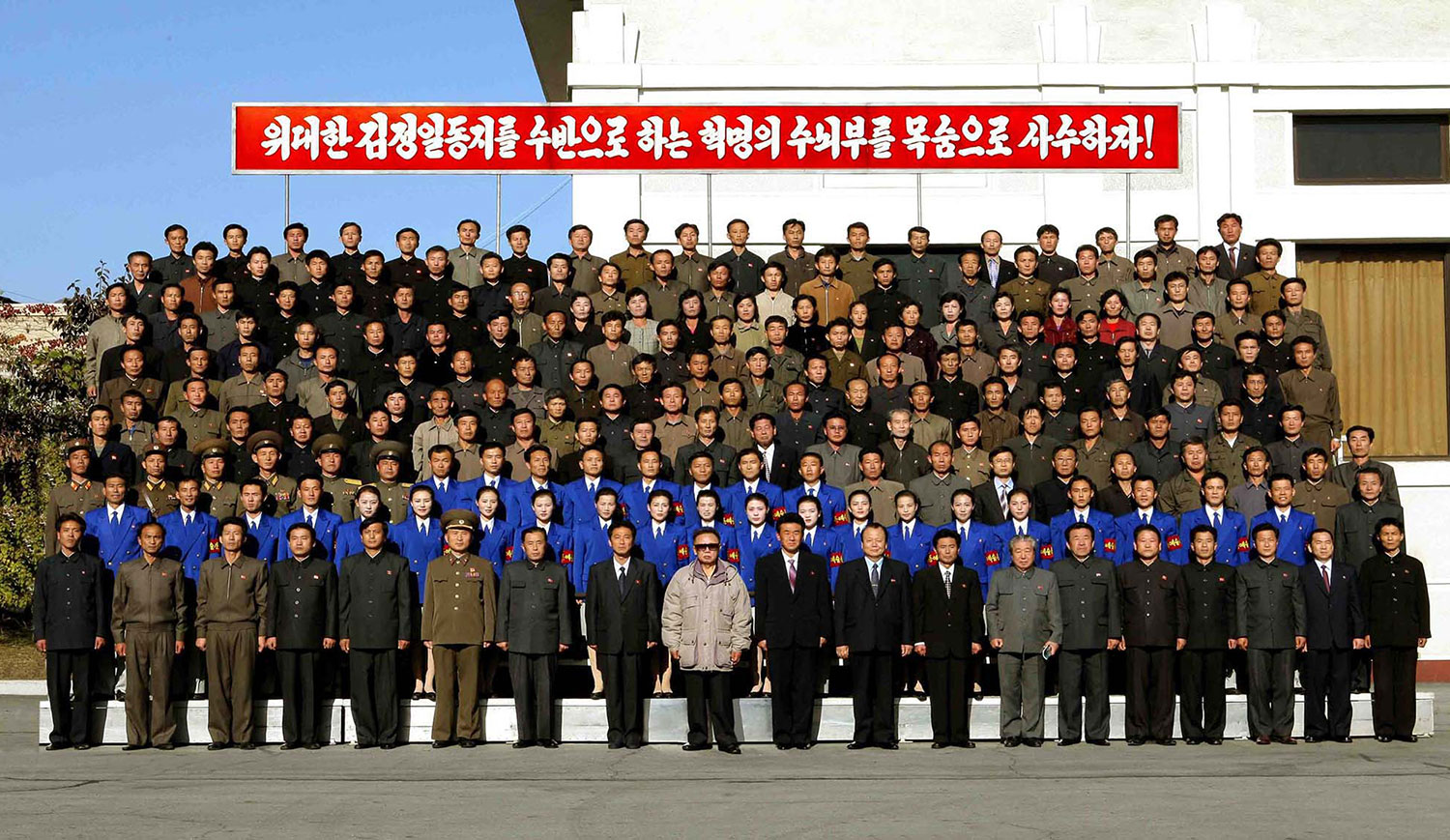
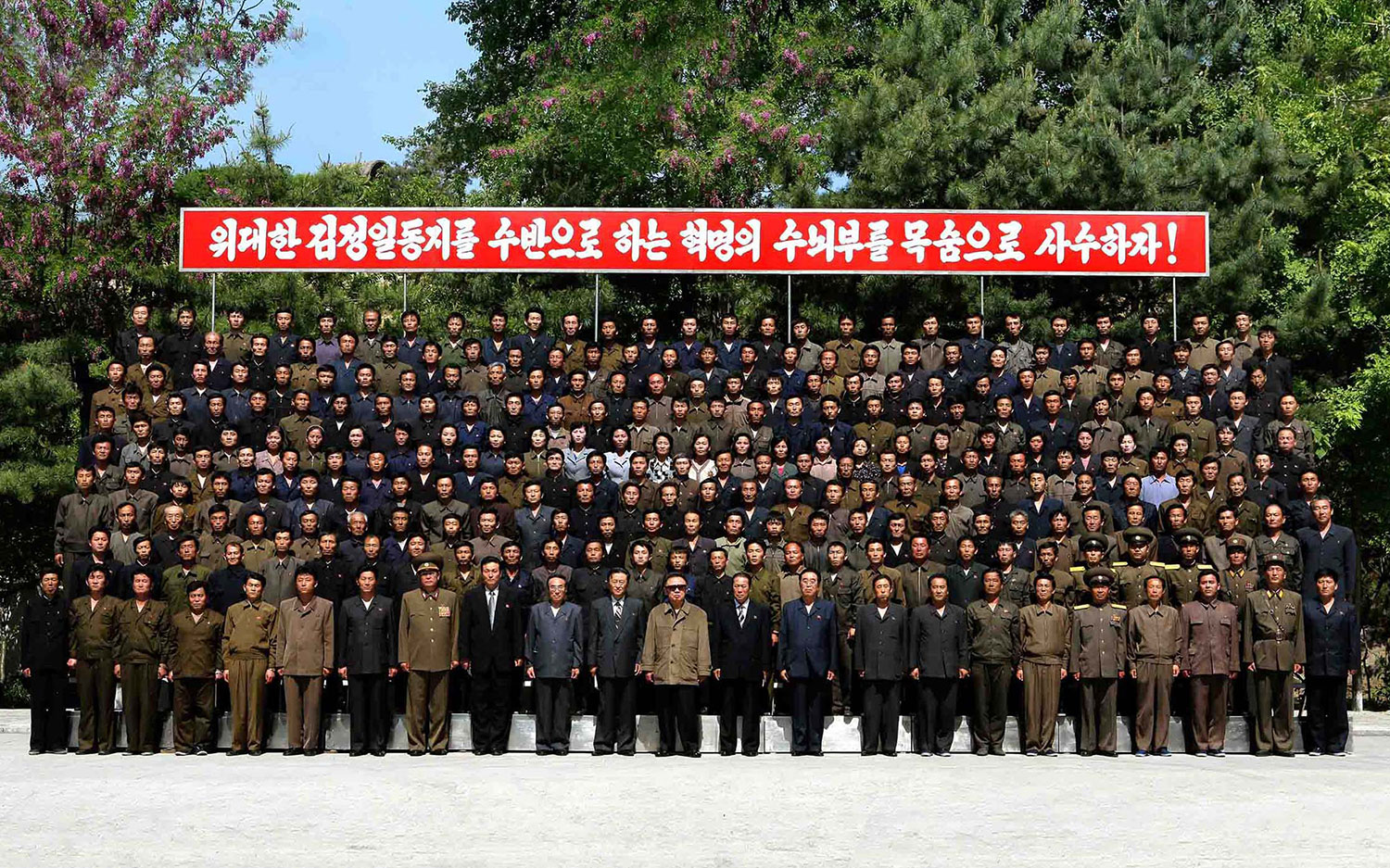
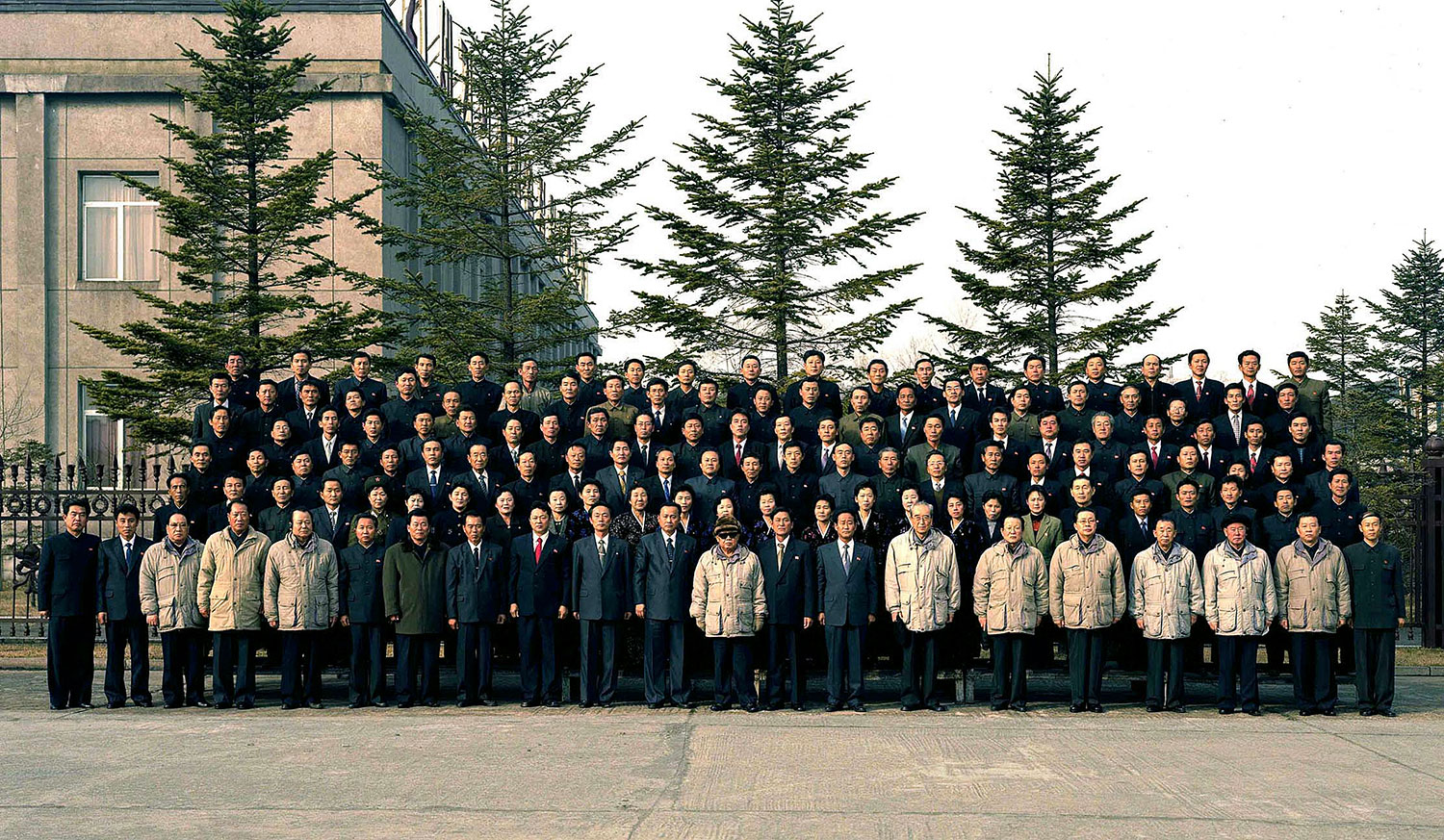
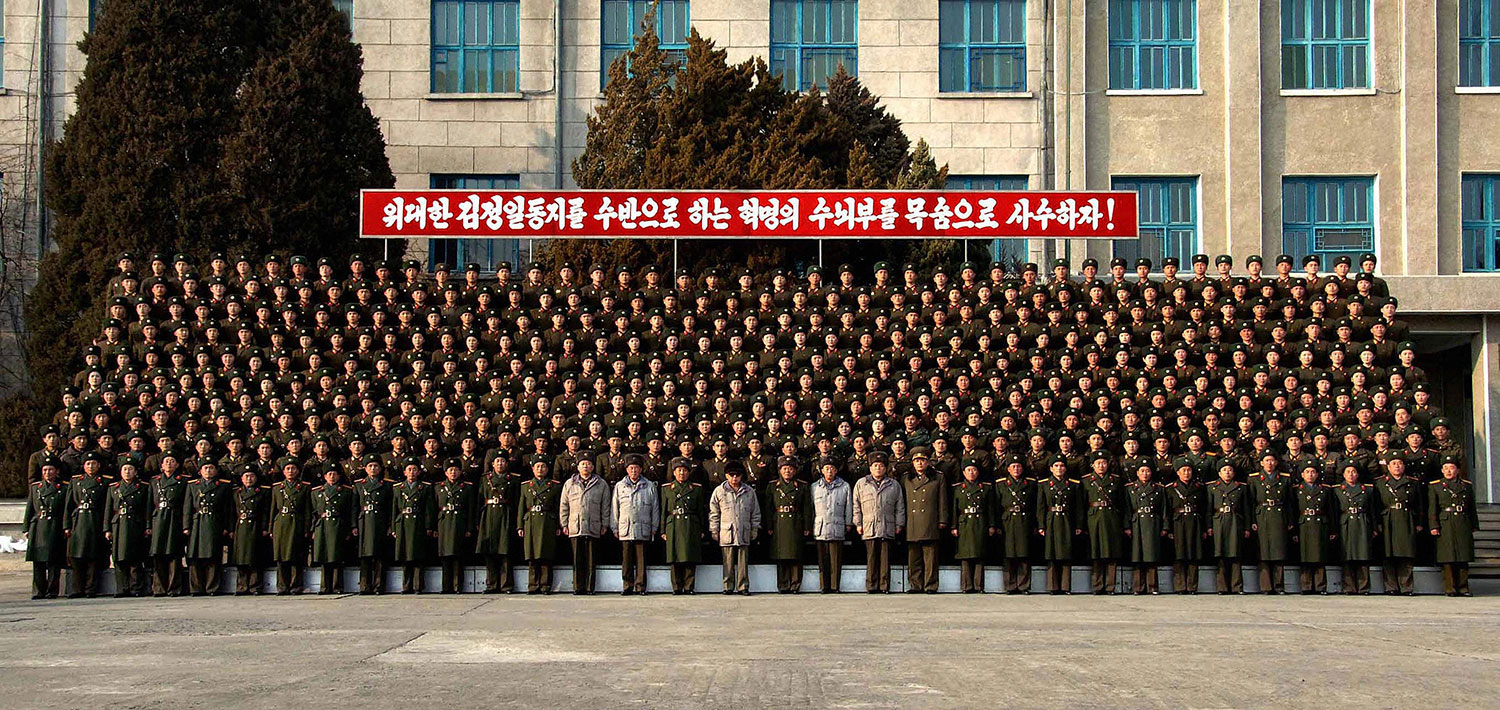
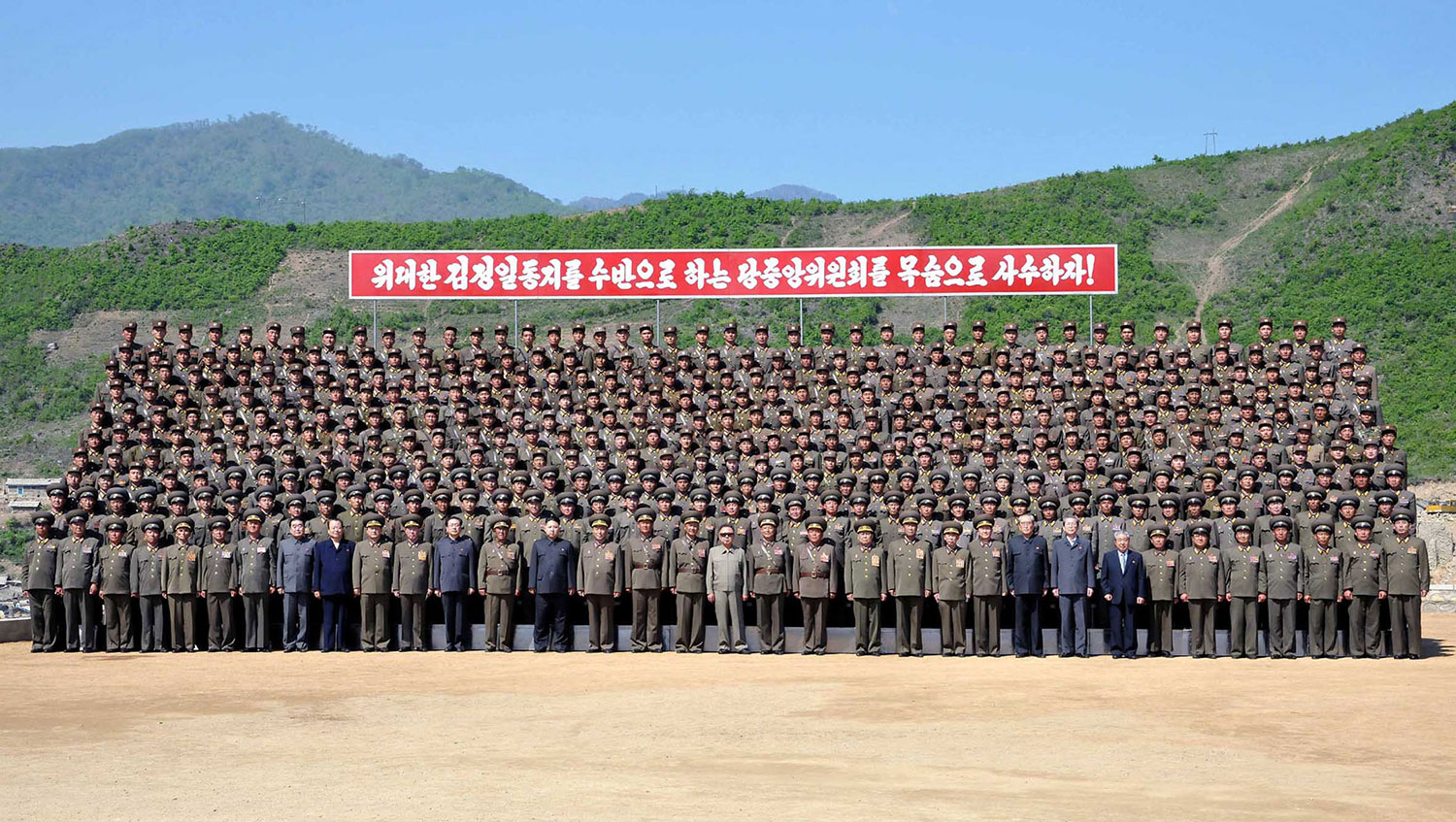

More Must-Reads from TIME
- Cybersecurity Experts Are Sounding the Alarm on DOGE
- Meet the 2025 Women of the Year
- The Harsh Truth About Disability Inclusion
- Why Do More Young Adults Have Cancer?
- Colman Domingo Leads With Radical Love
- How to Get Better at Doing Things Alone
- Michelle Zauner Stares Down the Darkness
Contact us at letters@time.com